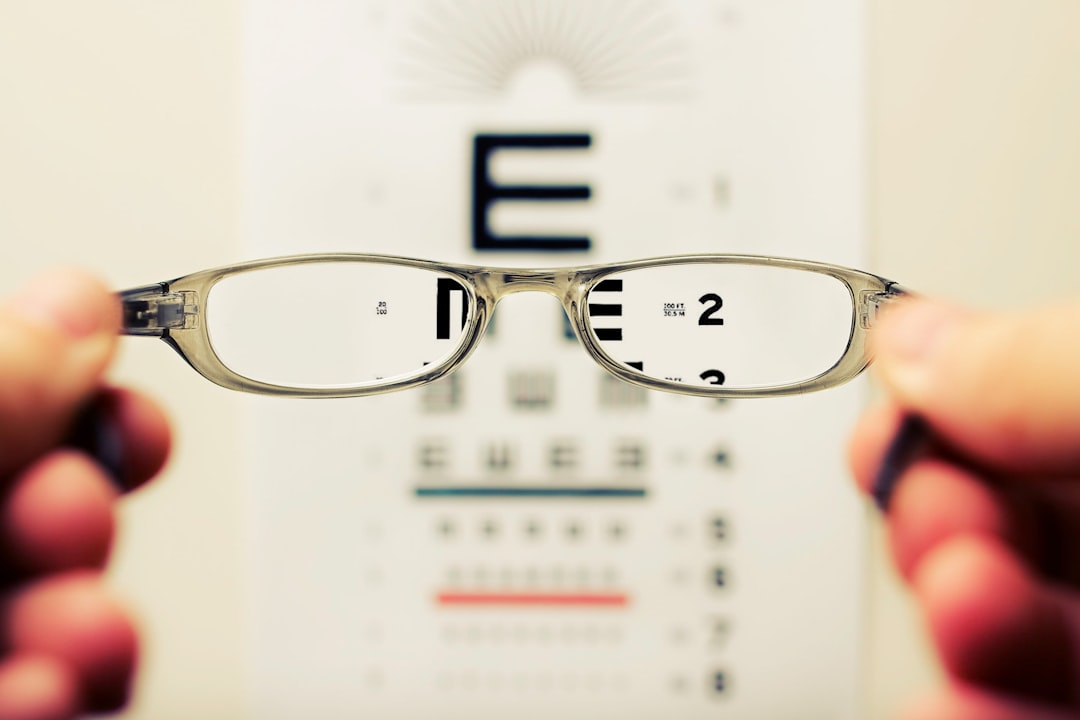What is it about?
The brain’s computing principles (neurons connected by synapses) and information carriers (ions in water) both differ fundamentally from those of conventional computers. Building on this distinction, we present a fluidic device that emulates the brain’s short-term synaptic plasticity features using ion transport in water, mirroring the natural processes in the brain. This device, which is inspired by and understood through a theoretical model, is applied as a synaptic element for reservoir computing, a brain-inspired machine learning framework. Thus we implement a brain-inspired computing element in a brain-inspired fluidic medium, representing a considerable step toward computing devices that proverbially both walk and talk like the brain.
Featured Image

Photo by Growtika on Unsplash
Why is it important?
Scientists have aimed to emulate the brains extraordinary computational capacity in various ways for several years now, leading to brain-inspired (neuromorphic) devices. However, most current neuromorphic computers rely on conventional solid materials, while our brains operate using water and dissolved salt particles called ions as their medium, but implementations of neuromorphic computing using water and ions remains a challenge. Our work is still of a fundamental nature and iontronic neuromorphic computing, while experiencing rapid growth, is still in its infancy. Nevertheless, by presenting a device that is capable of neuromorphic reservoir computing with a stable functionality that is well understood through theory, we take a significant step toward realizing the promise of fluidic ion channels as a platform to emulate the rich aqueous dynamics of the brain.
Perspectives
Our work showcases the synergy possible when theory and experiment collaborate across the world, combining theoretical physics, engineering, neuroscience, and mathematics.
Tim Kamsma
Universiteit Utrecht
Read the Original
This page is a summary of: Brain-inspired computing with fluidic iontronic nanochannels, Proceedings of the National Academy of Sciences, April 2024, Proceedings of the National Academy of Sciences,
DOI: 10.1073/pnas.2320242121.
You can read the full text:
Contributors
The following have contributed to this page










